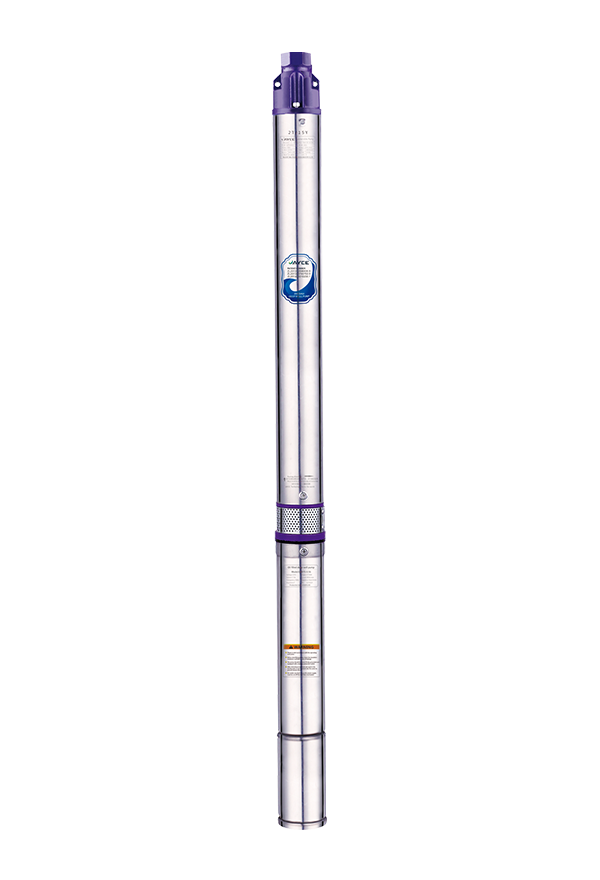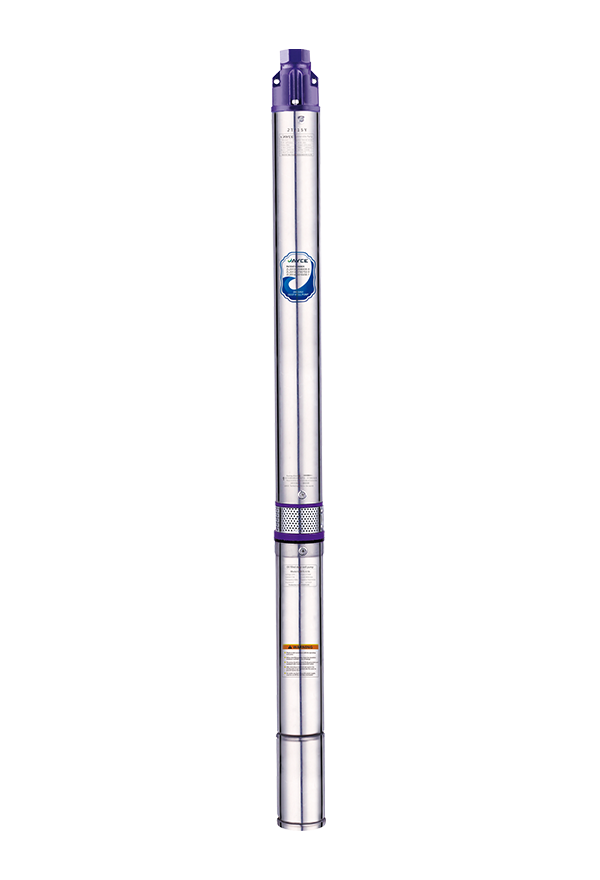Design Centrifugal Impeller Submersible Screw Pump Supplier Company
In the realm of fluid handling, the choice between submersible screw pumps and traditional pump technologies can significantly impact operational efficiency and system performance. This article explores the performance differences between submersible screw pumps and traditional pump technologies, focusing on their operational characteristics, applications, and advantages.
A submersible screw pump is designed to operate submerged in the fluid it is pumping. This unique design feature allows submersible screw pumps to handle a wide range of fluids, including those with high solid content or varying viscosities. The core advantage of a submersible screw pump is its ability to function effectively without requiring additional priming, which is a common necessity for many traditional pump technologies.
One of the key performance aspects of the submersible screw pump is its energy efficiency. Unlike some traditional pump technologies that can suffer from energy losses due to cavitation or flow restrictions, a submersible screw pump provides a more consistent and reliable performance. The screw mechanism within the pump creates a continuous flow of fluid, reducing the risk of cavitation and ensuring smoother operation.
Traditional pump technologies, such as centrifugal and positive displacement pumps, operate on different principles compared to submersible screw pumps. Centrifugal pumps rely on the rotation of an impeller to increase fluid velocity, which can advance to fluctuations in pressure and flow rates, especially when handling fluids with high viscosities. In contrast, the submersible screw pump utilizes a helical screw to move fluids, which results in a more stable flow and pressure output.
The versatility of submersible screw pumps is another aspect that sets them apart from traditional pump technologies. Submersible screw pumps can be used in various applications, including wastewater treatment, chemical processing, and oil extraction. Their ability to handle a wide range of fluids and their resistance to clogging make submersible screw pumps suitable for challenging environments where traditional pumps might struggle.
In terms of maintenance, submersible screw pumps offer several benefits over traditional pump technologies. The design of a submersible screw pump allows for easier access and servicing, as the pump is typically installed in a well or tank that can be accessed without removing the entire unit. This is in contrast to some traditional pump systems, which may require more extensive disassembly for maintenance or repair.
Another important factor to consider is the installation and operational cost of submersible screw pumps versus traditional pump technologies. While submersible screw pumps may have a higher initial investment compared to some traditional pumps, their efficiency, and reduced maintenance needs can advance to cost savings over time. The reduced need for additional components, such as priming systems or external lubrication, further enhances the cost-effectiveness of submersible screw pumps.
Despite their advantages, submersible screw pumps are not without limitations. For instance, the design of a submersible screw pump can make it less suitable for very high-pressure applications compared to certain traditional pump technologies. However, for many standard applications, the benefits of a submersible screw pump outweigh these limitations.
When comparing performance, it is crucial to consider the specific requirements of the application. Submersible screw pumps excel in scenarios where fluid consistency and reliability are critical. In applications where fluid characteristics might cause problems for traditional pump technologies, a submersible screw pump can offer a more reliable and efficient solution.
In conclusion, both submersible screw pumps and traditional pump technologies have their place in the fluid handling industry. The submersible screw pump offers several advantages, including energy efficiency, versatility, and reduced maintenance needs. While traditional pump technologies may still be suitable for certain applications, the performance characteristics of submersible screw pumps make them a compelling choice for many modern fluid handling needs. By understanding the strengths and limitations of each type of pump, organizations can make more informed decisions and optimize their fluid handling systems.

 English
English bahasa Indonesia
bahasa Indonesia




.png)
.png)
